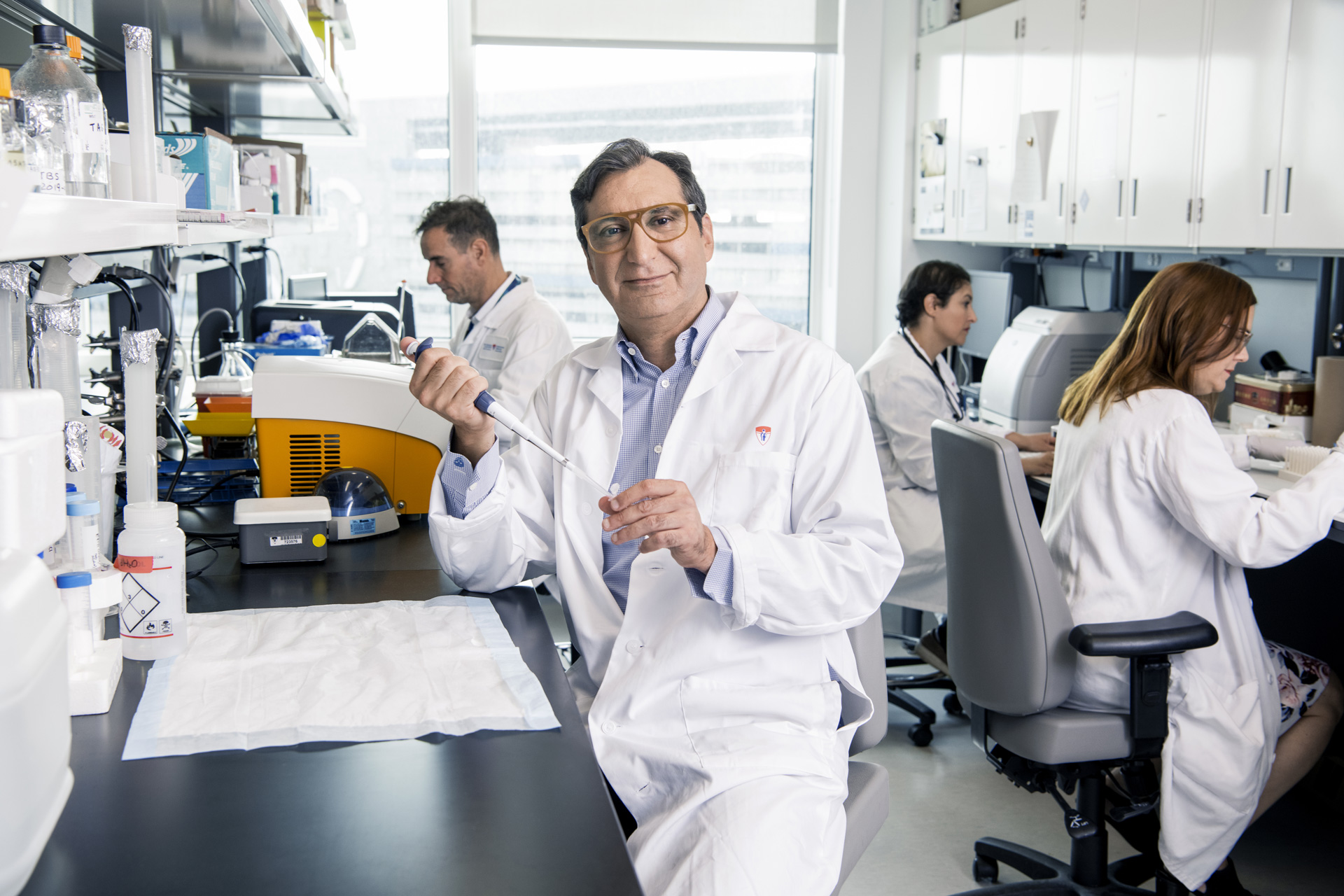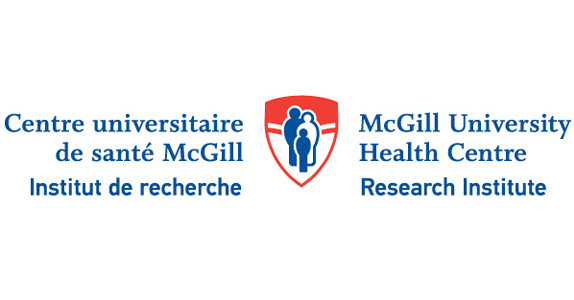
Dr. Michael Sebag
EXPLORING THE MULTIPLE WORLDS OF MYELOMA
Hematologist, Research Institute
McGill University Health Centre (RI-MUHC)
MULTIPLE MYELOMA

Hematologist, Research Institute
McGill University Health Centre (RI-MUHC)
MULTIPLE MYELOMA
How to predict the success or failure of a treatment for each patient? This question, the ultimate quest in medical research, is central to the clinical trials conducted by Dr. Michael Sebag at the Research Institute of the McGill University Health Centre. The hematologist is testing dozens of promising new drugs to treat multiple myeloma, the second most common hematologic cancer.
During a postdoctoral fellowship at the Mayo Clinic’s Comprehensive Cancer Center in 2006, the young doctor developed a transgenic mouse model that replicated the biology of multiple myeloma. It provided the industry with a valuable tool for validating treatments in the preclinical stage. That attracted the interest of several pharmaceutical companies, who then asked him to test dozens of drugs in humans.
After his return to Quebec and his alma mater at the McGill University Health Centre (MUHC), Dr. Sebag worked to increase opportunities to have his multiple myeloma patients for experimental treatment. For him, it is the best way to access innovative treatments that are not yet approved by the government. “We absolutely want to offer options to our patients,” he says. “A chance for them to benefit from life-prolonging treatments when there is nothing else.”
The researcher also conducts trials based on his ideas or those of his colleagues. His most recent initiative, a study involving 120 patients treated with a combination of four drugs, is “the biggest in 10 years to target multiple myeloma in Canada [and] the preliminary results are very encouraging.”
Dr. Sebag’s eyes light up when he talks about immunotherapy. “For the treatment of multiple myeloma, everything is moving towards conjugated antibodies, bispecific drugs and CAR-T cells,“ he says, revealing his interest in participating in clinical studies on the subject. At the same time, the clinician-researcher is developing, through the expertise of the MUHC’s Centre for Innovative Medicine (CIM), his own treatment strategy to inhibit geranylgeranyl pyrophosphate synthase (GGPPS), an enzyme that modifies certain proteins needed for myeloma patient survival. “We have identified molecules that we hope to see in clinical trials soon.”
At the moment, machine learning platforms can’t interface with his databases, but Dr. Sebag is working to provide them with quality information. “In our current project, for example, samples are collected at regular intervals,” he says. “The cells are then analyzed by mass cytometry to understand the tumour environment. That gives us about 40 parameters per cell. With 120 patients, hundreds of samples and thousands of cells with 40 parameters each, that’s an incredible amount of data that we can eventually analyze.”
